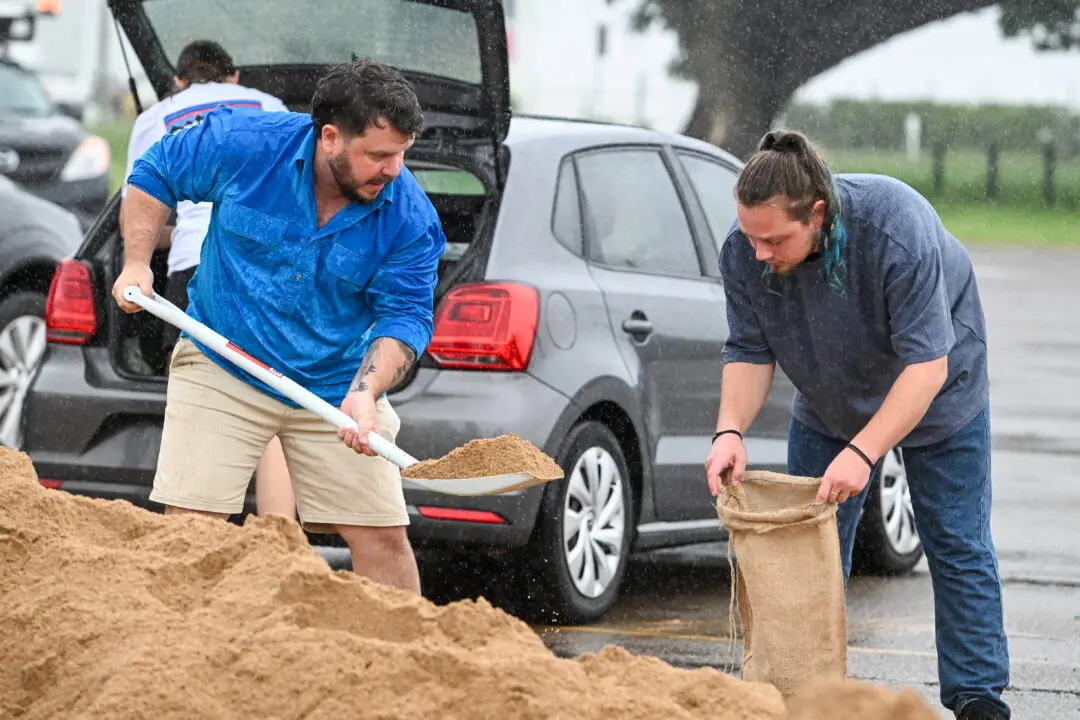The future of manufacturing in Australia extends well beyond batteries for electric cars, according to American economist Adam Hersh.
Visiting from the Economic Policy Institute in Washington DC, he is the keynote speaker at a national manufacturing summit examining how clean energy can spark an industrial turnaround in Australia.





